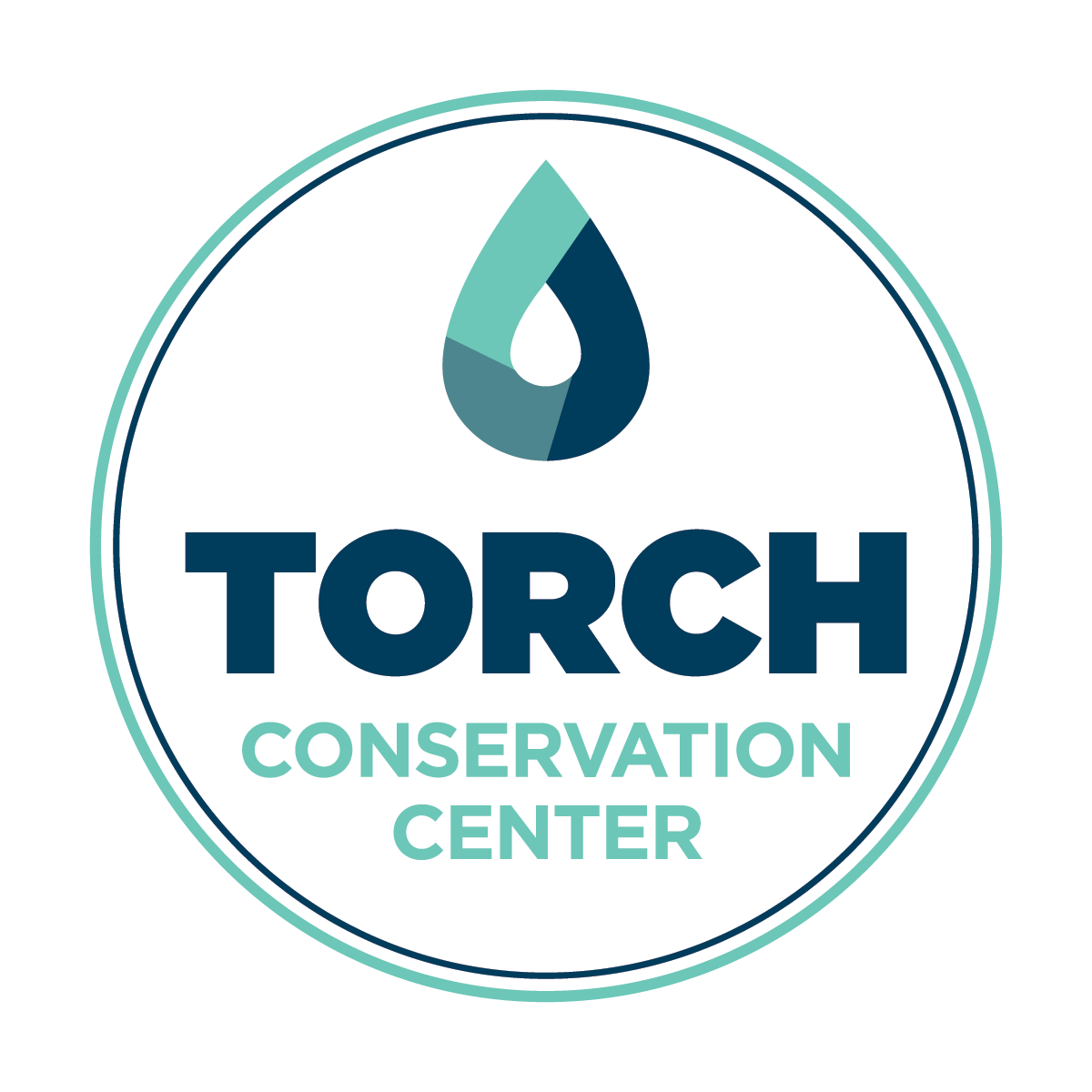
Temperature
Torch Lake is cold, because it’s deep — really deep!
Key Facts
- Torch Lake is the deepest inland lake in Michigan.The average depth is 140 feet. The deepest point is debatable — maybe 350 feet.
- Torch Lake stays cold until mid-July, because of its huge water volume — 858 BILLION gallons!
- Underground springs (45 degrees) continually add 48-50 degree F water to Torch Lake.
- Water temperature is also influenced by sunlight, air temperature, wind, precipitation, streams and rivers carrying particles suspended in the water.
- Surface water is more easily influenced by these factors than deeper water.
- Torch Lake is warmest during the end of July and the beginning of August when the top layer of deep water reaches temperatures the low 70°F.
- Shallow water temperatures can be warmer, which contributes to Swimmer’s Itch.
October 10, 2024
Did you know?
Lake Layers
- Lakes have layers or zones determined by temperature. These are called thermal layers or stratification zones.
- The Top Layer (epilimnion) is an active layer of surface water with high oxygen concentration and plant and animal life.
- The Middle Layer (thermocline) is a transition zone between the layer of warm water above (epilimnion) and the layer of cold water below (hypolimnion).
- The Bottom Layer (hypolimnion) is a cold, dark and still layer, where deepwater fish feed on diporeia, a small invertebrate.
Summer Lake Stratification Zones

Image: Kentucky Department of Fish and Wildlife
Lake Turnover
- Twice during the year, the two top layers of lake water mix. This is called lake turnover.
- Spring – During the spring, warm air heats the surface of the lake and causes water molecules to move further apart. Because this warmer water is less dense, it tends to float above the more dense, cooler water. Wind and waves cause this two layers to mix.
- Summer – During the summer little movement occurs between the two layers. Generally, Torch Lake is warmest at the end of July and the beginning of August and reaches around 71°F.
- Fall – During the fall, air temperatures cool, surface water temperatures decrease and cooler water sinks towards downward until it reaches 38 degrees F. The cooler water from the surface now replaces the warmer water in the middle
- Winter – Cold winter temperatures and winds often cause the lake to freeze over, so there is little mixing during winter months.
- Fish and other critters in the lake are sensitive to water temperature.
- Different fish live at different depths, because they can tolerate different temperatures.
- In Michigan, fish are classified into three groups:
- Cold water fish (trout) live in deep water or cold water streams. Brook trout can tolerate water from 48 to 62°F. Lake trout prefer 43–53 °F
- Cool water fish (walleye)
- Warm water fish (bluegill) live in shallow water. Bluegill and largemouth bass can tolerate water temperatures up to 89.6°F and smallmouth bass can tolerate water up to 84.2°F.

Image: The Connexions Project- David Rintoul and Robert Bear
Show
You Care
We know you want to enjoy the lake for many years (and generations) to come. So, we’ve put together a list of simple steps you can take to reduce the nutrients, sediments and toxins flowing into the lake and its streams.
Restore the shore.
Maintain a greenbelt buffer with trees along the shore. Keeping water cool near the shore provides shade, more oxygen and habitat for native species: spawning fish, minnows, and crayfish.
WATERpedia: the “One-Stop Shop” for Water Science A-Z
A-E
F-M
N-S
T-Z
Don't just wish that Torch Lake will stay blue.
Choose a water-friendly lifestyle - make a difference!
